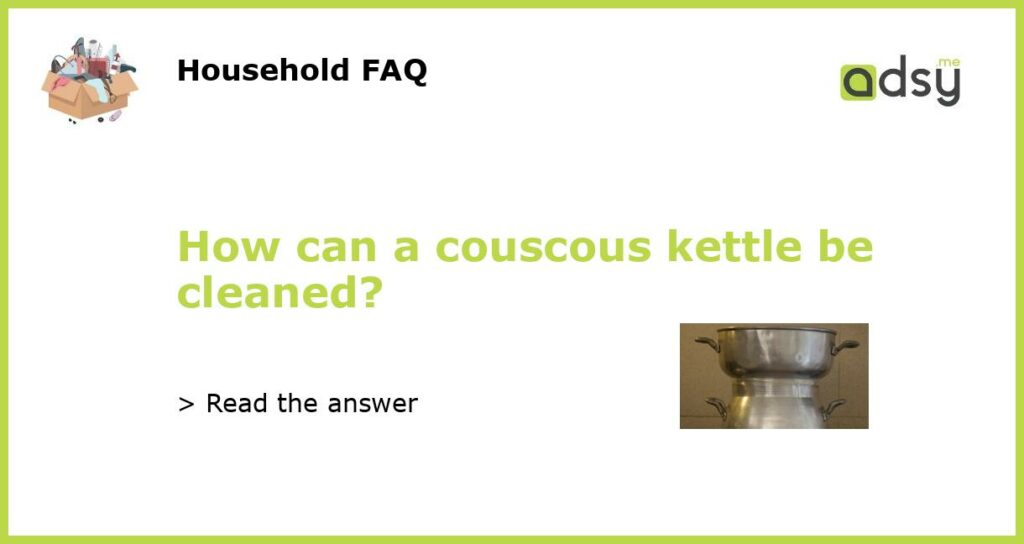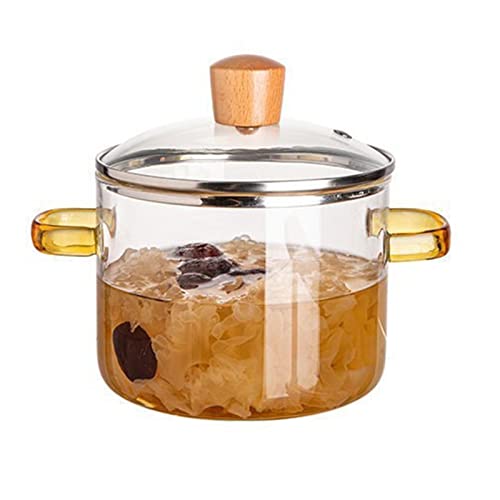Why is it important to clean a couscous kettle?
Couscous kettles are often used to cook traditional North African cuisine, and can become oily and greasy over time. It is important to regularly clean the kettle to prevent bacteria buildup and ensure the longevity of the kettle.
What are the steps to clean a couscous kettle?
First, empty any leftover couscous from the kettle and discard. Then, fill the kettle with hot water and a few drops of dish soap. Place the kettle on the stove and let it come to a boil. Once the water is boiling, turn off the heat and let the kettle cool. Use a sponge or brush to scrub the inside of the kettle, paying special attention to any areas with tough stains or buildup. Rinse thoroughly with hot water and towel dry.
What if there is stubborn grease or stains?
If there are tough stains or grease buildup, you can try filling the kettle with hot water and adding a tablespoon of baking soda. Let this mixture sit for a few hours or overnight, then rinse and clean as usual. For particularly tough stains, you can also try using white vinegar mixed with hot water.
How often should a couscous kettle be cleaned?
Couscous kettles should be cleaned after every use to prevent bacteria buildup. If the kettle is not used regularly, it should still be cleaned and dried thoroughly before being stored.
Tips for maintaining a clean couscous kettle:
Always dry the kettle thoroughly before storing to prevent mold or mildew growth. Avoid using harsh chemicals or steel wool to scrub the kettle, as this can damage the surface. Instead, use a non-abrasive sponge or brush. If you have a copper or aluminum kettle, avoid using acidic cleaners like vinegar, as this may damage the material.






